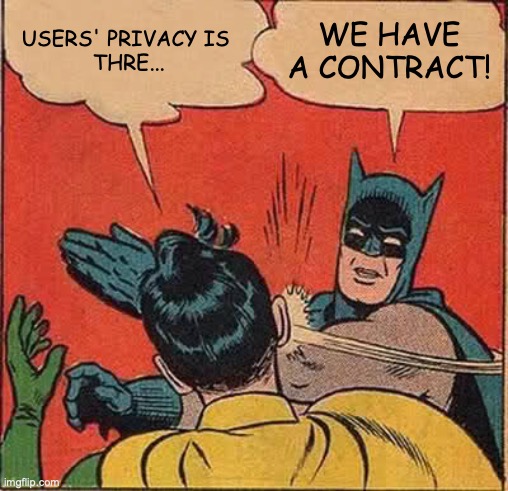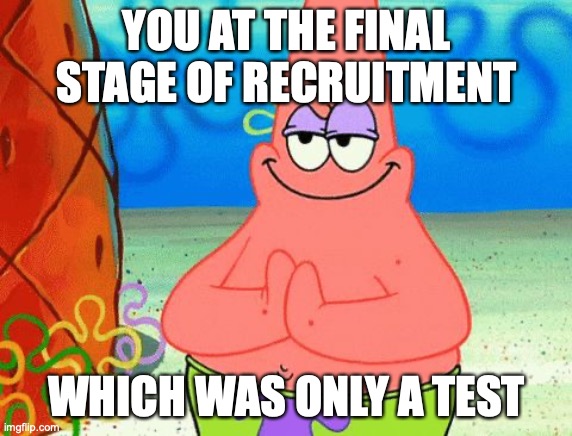Nothing makes Software Engineers laugh more than “creative” job offers where employers try to be fun and speak the language of potential candidates. How not to make a blunder when writing another job posting, how to piss off hundreds of employees with one decision and how to gain extra experience during recruitment – all of this in the next edition of Career Weekly.
1. We are looking for a Software Engineer… and what next?
It is not easy to win the heart of Software Engineers. This is well known to all technical recruiters who have been waiting for 2 months for their ideal candidate to open a message on LinkedIn, or heard at the last stage of recruitment that the candidate simply wanted to test its skills. Charming.
However, every time such an adventure begins with a job advertisement that can be written well or badly. Gergely Orosz, blogger and owner of a website that collects offers for ‘pragmatic engineers’, hints at what postings were most popular on his platform.
It turns out that you really only need to do a few things: (always) offer the possibility of working remotely, write straight about the salary range, present the recruitment process and your company briefly (well, unless you are Coca-Cola), and finally add a pinch of ‘must have’ in the candidate’s skills, rather than frightening them with requirements. Simple and effective!

And here is that Gergely’s text to help recruiters write their next job offer and save engineers’ time. Win-win, right?
Source:

2. ‘No tech for apartheid’ means protests at Google and Amazon
Hundreds of Google and Amazon workers took to the streets of San Francisco, New York, Seattle, Durham and North Carolina last Thursday. They protested against to a new contract between the tech giants and the Israeli government.
What’s the problem? The $1.2 billion contract is for the implementation of Project Nimbus, the set of tools supported by AI. It might not sound suspicious, but according to a report by The Intercept, the technology can be used to detect faces, analyse sentiment, and recognise feelings by studying faces or speech. For protesters the case is clear – Google and Amazon’s products will be used to harass Palestinians.
The allegations are dismissed by a Google spokesperson, who asserts that ‘The contract is for workloads running on our commercial platform by Israeli government ministries such as finance, healthcare, transportation, and education’ and has no connection to the military or intelligence services. Amazon, for its part, declined to comment.

Does this comfort the protesters? Rather no.
It is worth mentioning that this is not the first time this has happened with Google – in 2018, similar protests, but on a larger scale, erupted over Project Maven. What is interesting, it concerned the sale of ‘AI services’ to the Pentagon at that time. Then Google resigned from the contract, but even if such protests did not do much, I appreciate that the Google team looks at the hands of their employer and is guided not only by the company’s interests, but also by their own ethics.
Even at the expense of the career, like Ariel Koren, who ended working for Google after 7 years in the marketing team! She left the company because she publicly criticized a contract with the Israeli government and met with dissatisfaction of the management team. Now, she has become a real leader of the protest, and her opinions are shared by far more people…
Source:

3. Recruitment as experience gain – it makes sense!
Finally, let’s come back for a moment to the recruitment for Software Engineer. In the first part of today’s Weekly, I mentioned recruiting for a skills test and would like to clarify that this is not always a bad solution. Of course, it is not nice to waste the time of recruiters and potential employers, but if “checking yourself” is a side goal, you can learn a lot from recruiting!
It is worth trying your hand at recruiting for different companies, as Jamie Tanna summarised his impressions after participating in 7 different processes, and successfully joining the Deliveroo team.

In addition to a table explaining at what stage each process ended (and why), Jamie also described many aspects of recruitment. Above all, he pointed out that each company had prepared a task to be completed at home. He appreciated the opportunity to diagnose their gaps, which was to create solutions that were difficult to scale in the past, while companies now need something completely different.
Jamie has also some negotiation advice for you. It is ALWAYS worth fighting for more!
Source:




